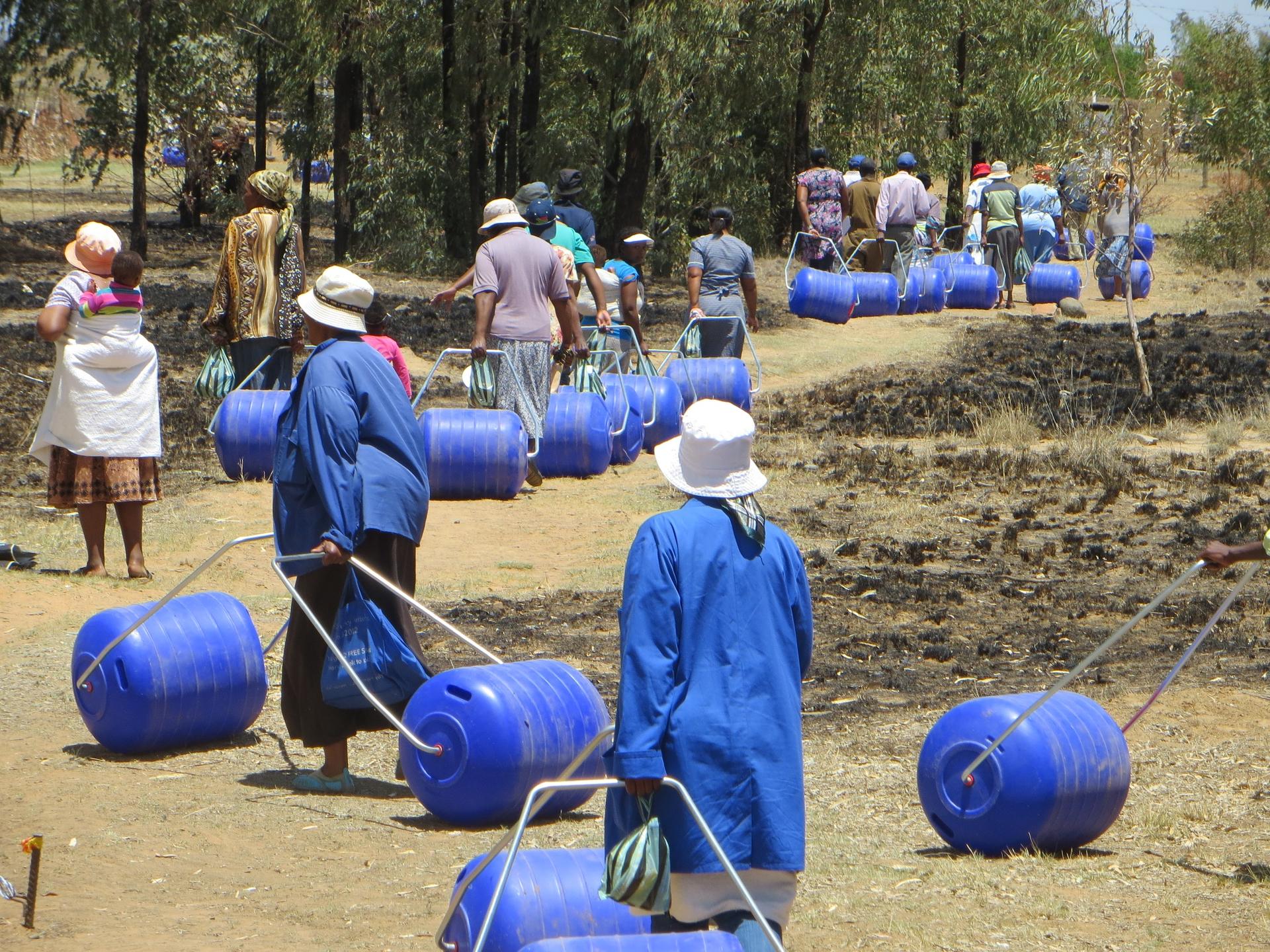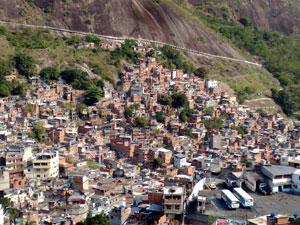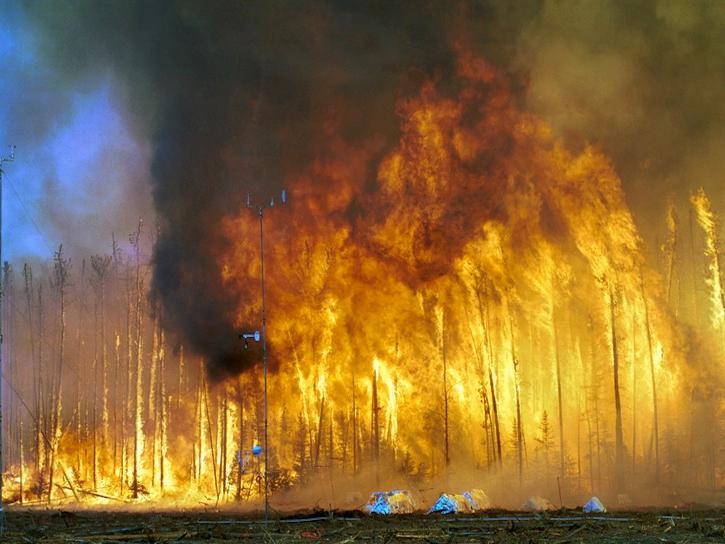Millennium Development Goals
How new technologies are bringing water to the developing world
The introduction of better water management and water technology can change lives in places like Sub Saharan Africa. And it’s not just Sub Saharan Africa where water is a problem. The United Nations estimates that three-quarters of a billion people lack access to clean water and that almost two-point-five billion lack access to adequate sanitation. One solution to the problem may be through innovation and technology. Here’s a look at three that are trying to make a difference. The introduction of better water management and water technology can change lives in places like Sub Saharan Africa. And it’s not just Sub Saharan Africa where water is a problem. The United Nations estimates that three-quarters of a billion people lack access to clean water and that almost two-point-five billion lack access to adequate sanitation. One solution to the problem may be through innovation and technology. Here’s a look at three that are trying to make a difference.
South Africa: The Importance and Irrelevance of the White House
In South Africa, there is a great respect and gratitude to the White House. This partly due to a program that helps to get medicine to HIV-AIDS patients. Some say the issue of who occupies the White House is less relevant to the future of their country.
Antarctic Check-Up
Untouched by humans for millions of years, the frozen south is now an important outpost for studying human impact on the planet. In the first of a four part series, Terry FitzPatrick reports how greenhouse gases, ozone depletion, and surging tourism are affecting the fragile continent.
New Ozone Hole Findings
Most of us associate increasing greenhouse gas emissions with climate change. But a group of scientists writing in the journal Nature say greenhouse gases are affecting the earth’s protective stratospheric ozone layer as well. Lead author Drew Shindell (shin-DELL) is a scientist at the NASA Goddard Institute for Space Studies. He told Steve Curwood that […]


